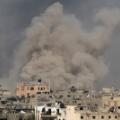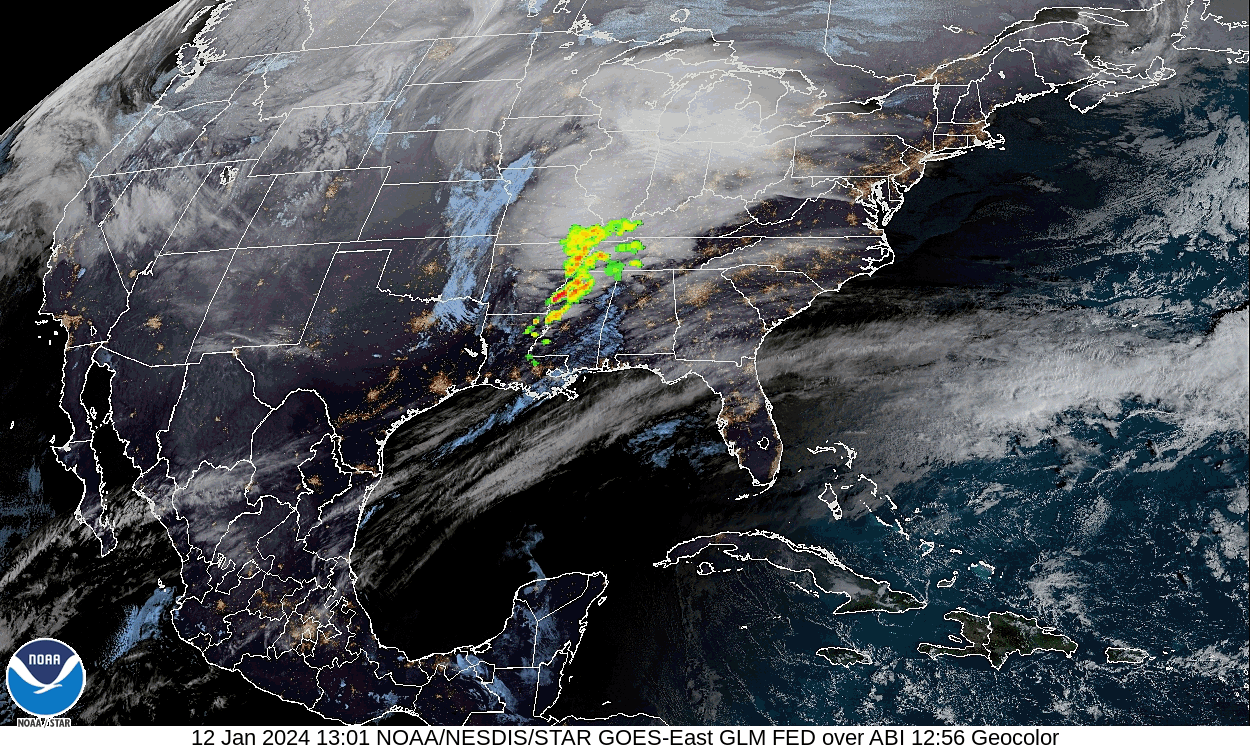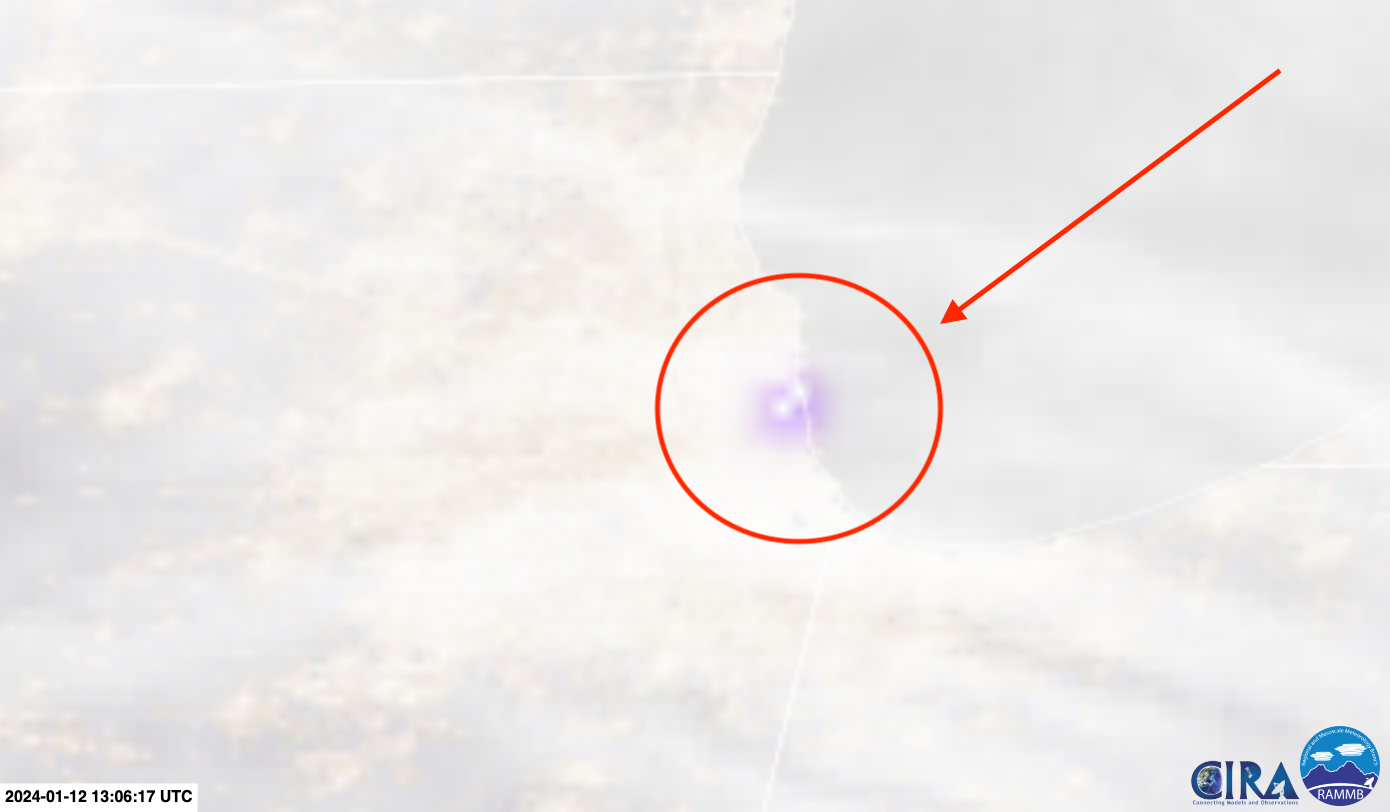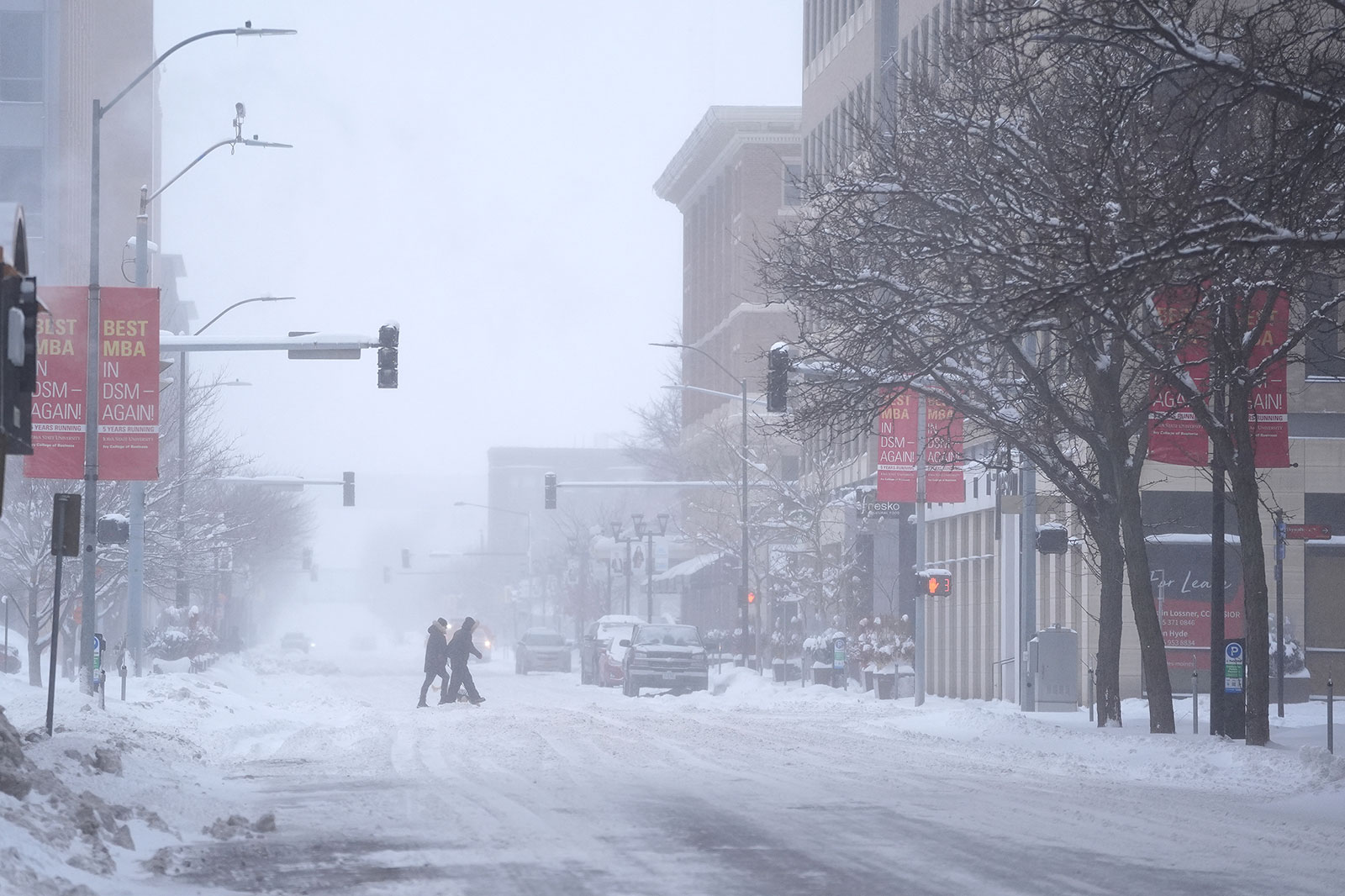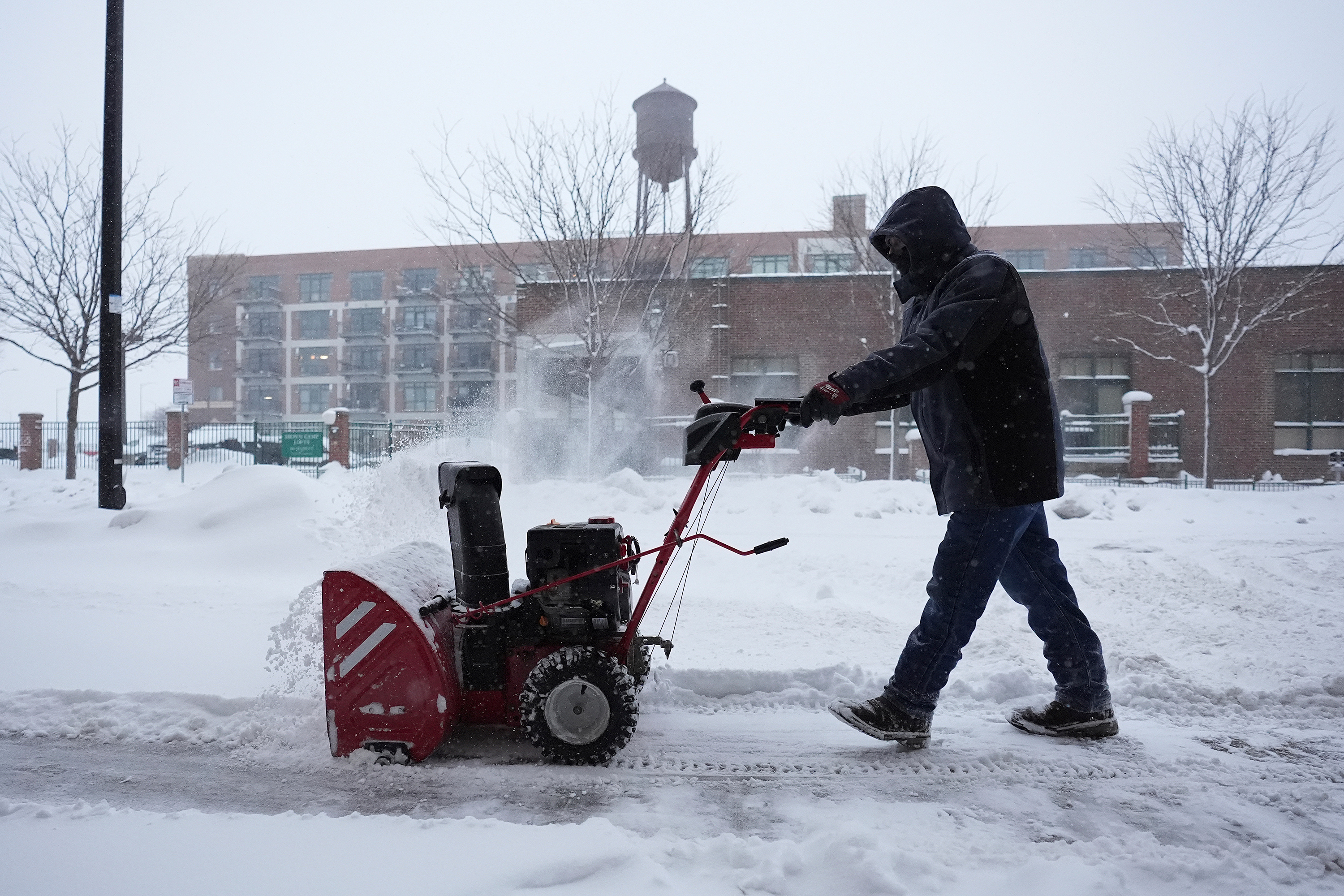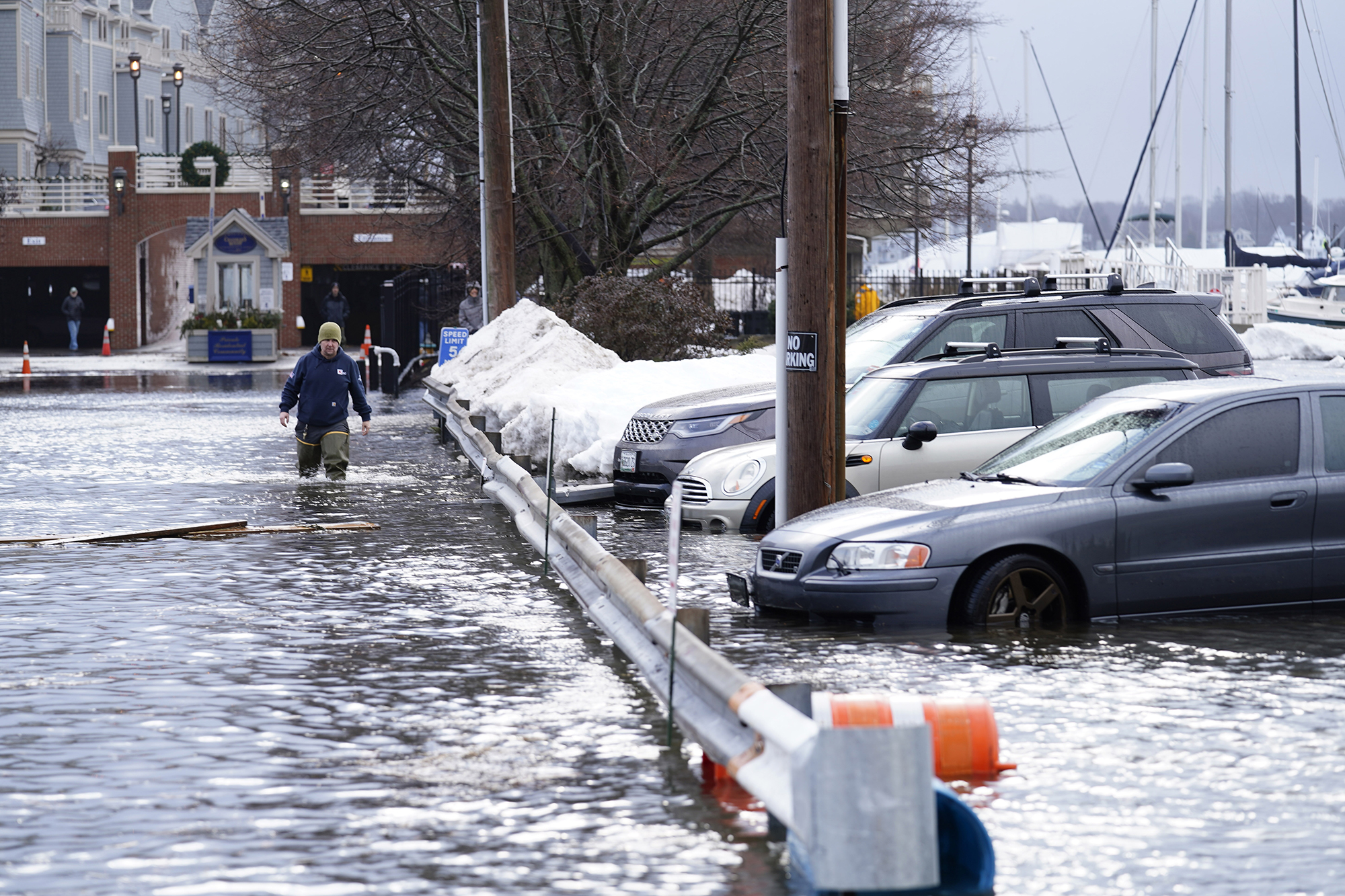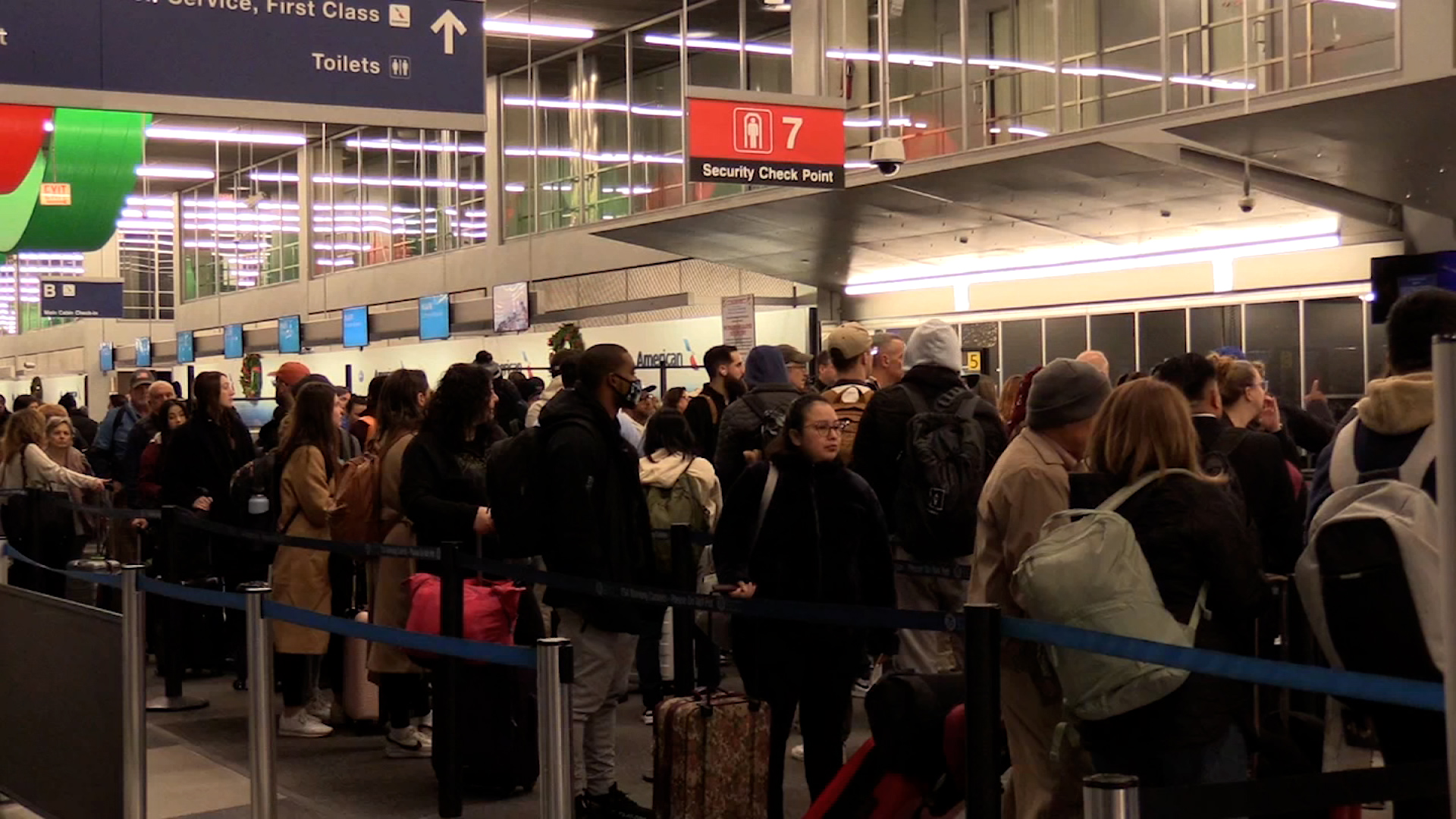
The number of flight delays and cancellations is ticking up as the Midwest and South are experiencing messy conditions due to the storm.
According to the flight-tracking website FlightAware.com, there have been over 2,400 delays and 1,850 cancellations in the US today so far.
It's the highest number since July 2023, according to the data from FlightAware.
Chicago-area airports are leading that list, with O'Hare International Airport canceling almost 40% of its flights out and 36% of its inbound flights, and Chicago Midway International Airport canceling about 60% of both outbound and inbound flights.
Other affected airports include Denver International and Milwaukee Mitchell International.
Max factor: Cancellations due to the grounding of the 737 Max 9 planes are also contributing to the totals. More than 200 United and Alaska Airlines flights have been canceled each day this week due to the Federal Aviation Administration-mandated grounding. The FAA and Boeing are still trying to settle on an inspection protocol that would allow those planes to resume flying.
Most of the cancellations, however, are due to the winter storm. FlightAware shows Southwest, which doesn’t fly the 737 Max 9, canceling nearly 400 flights — the most of any airline.
CNN's Ross Levitt and Pete Muntean contributed reporting to this post.


